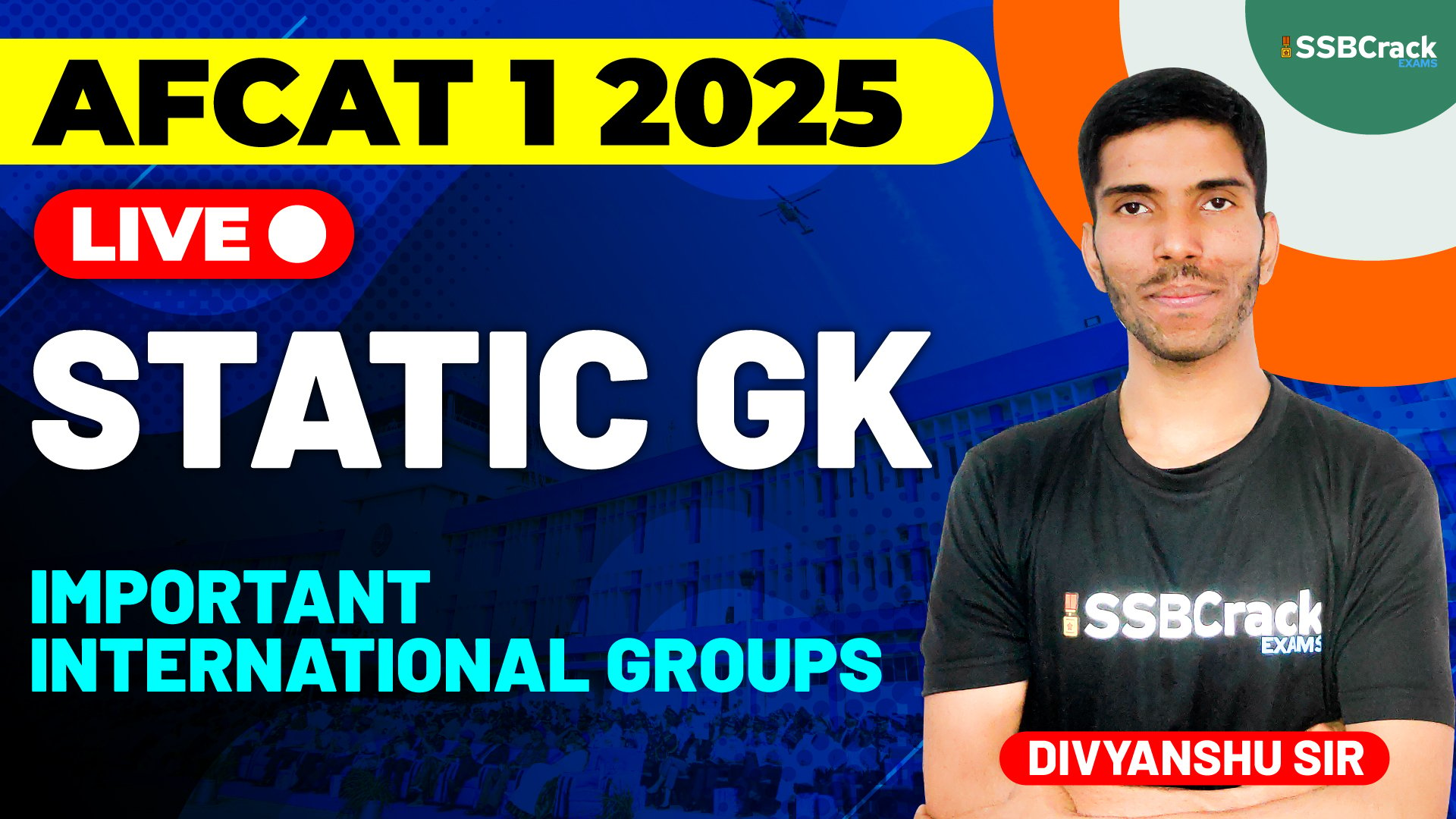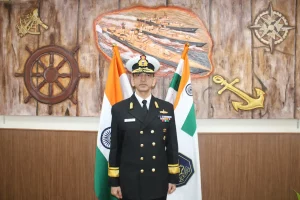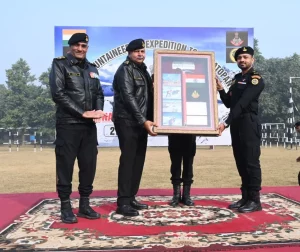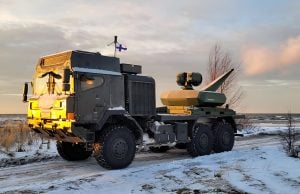International groups play a significant role in global governance, fostering economic collaboration, security, cultural exchange, and regional stability. For the AFCAT 1 2025 exam, knowledge about major international organizations and groups is crucial for the General Knowledge section. Here’s an overview of some important international groups.
AFCAT 1 2025 Exam Static GK – Important International Groups
1. I2U2 (India-Israel-UAE-USA)
The I2U2, also called the “West Asian Quad,” is a coalition of four countries — India, Israel, the United Arab Emirates, and the United States. This strategic alliance was formed to promote collaborative projects, primarily focusing on economic cooperation, technology, energy, and sustainable development.
Key Objectives:
- Promote economic partnerships.
- Strengthen cooperation in renewable energy, water, space, transportation, and health.
2. BRICS+ (Brazil, Russia, India, China, South Africa, and New Members)
Originally formed as BRICS, this group includes five emerging economies, namely Brazil, Russia, India, China, and South Africa. In recent years, there has been an expansion discussion, leading to the inclusion of additional countries, known as “BRICS+.”
Key Objectives:
- Promote multilateral cooperation in economic and trade matters.
- Enhance influence in global financial institutions like the IMF and World Bank.
- Encourage development in science, technology, and innovation.
3. NATO (North Atlantic Treaty Organization)
NATO is a military alliance established in 1949 with a primary mission to safeguard the freedom and security of its members through political and military means. It consists of 31 member countries across North America and Europe.
Key Objectives:
- Collective defense under Article 5, which states an attack on one member is an attack on all.
- Maintain regional peace and stability.
- Conduct crisis management and cooperative security operations.
4. ASEAN (Association of Southeast Asian Nations)
Founded in 1967, ASEAN includes 10 Southeast Asian nations aiming for regional integration and socio-economic growth. Its members are Indonesia, Malaysia, the Philippines, Singapore, Thailand, Brunei, Vietnam, Laos, Myanmar, and Cambodia.
Key Objectives:
- Foster economic, political, and security cooperation.
- Promote regional peace and stability.
- Enhance cultural and social collaboration.
5. BIMSTEC (Bay of Bengal Initiative for Multi-Sectoral Technical and Economic Cooperation)
BIMSTEC was established in 1997 and includes countries around the Bay of Bengal: Bangladesh, Bhutan, India, Myanmar, Nepal, Sri Lanka, and Thailand. The organization seeks to foster economic and technical cooperation in the region.
Key Objectives:
- Promote economic growth through multi-sectoral cooperation.
- Enhance collaboration in areas like trade, technology, energy, and security.
- Improve connectivity and reduce poverty.
6. G7 (Group of Seven)
The G7 is an informal forum of seven of the world’s largest advanced economies — Canada, France, Germany, Italy, Japan, the United Kingdom, and the United States. The European Union is also represented.
Key Objectives:
- Address global economic challenges and policy coordination.
- Promote free trade, environmental protection, and security.
- Provide humanitarian assistance in crisis situations.
7. G20 (Group of Twenty)
The G20 comprises 19 countries and the European Union, representing the world’s largest economies. Established in 1999, it addresses global economic issues and promotes financial stability.
Key Objectives:
- Foster international financial stability and sustainable growth.
- Address critical issues like climate change, inequality, and digital transformation.
- Promote cooperation on economic policies among member countries.
8. SCO (Shanghai Cooperation Organization)
The SCO is a Eurasian political, economic, and security alliance established in 2001, including countries like China, Russia, India, Pakistan, and several Central Asian nations.
Key Objectives:
- Strengthen regional security and combat terrorism.
- Promote economic cooperation and cultural exchange.
- Maintain regional stability and build a multipolar world order.
9. QUAD (Quadrilateral Security Dialogue)
The QUAD is an informal strategic forum comprising the United States, India, Japan, and Australia, focusing on security and economic challenges in the Indo-Pacific region.
Key Objectives:
- Ensure a free, open, and inclusive Indo-Pacific.
- Promote regional security and stability.
- Cooperate on issues such as maritime security, cybersecurity, and climate change.
10. APEC (Asia-Pacific Economic Cooperation)
APEC is a regional economic forum established in 1989 to leverage the growing interdependence of the Asia-Pacific. It includes 21 member economies, including the U.S., China, Japan, South Korea, and others.
Key Objectives:
- Foster sustainable economic growth and prosperity in the Asia-Pacific.
- Promote free trade and economic cooperation.
- Enhance innovation and sustainability.
11. OPEC (Organization of the Petroleum Exporting Countries)
OPEC is a group of oil-exporting countries, including nations from the Middle East, Africa, and South America. It aims to coordinate oil production policies among member countries.
Key Objectives:
- Regulate oil production to stabilize global oil markets.
- Ensure a steady income to oil-producing countries.
- Promote stability and fair prices in the international oil market.
12. Commonwealth of Nations
The Commonwealth is an intergovernmental organization comprising 56 member states, mostly former British colonies. It promotes democracy, human rights, and economic development.
Key Objectives:
- Foster democratic governance and peace.
- Support economic growth and sustainable development.
- Enhance cultural ties among member countries.
Summary Table of Objectives
| Organization | Objectives |
|---|---|
| I2U2 | Economic cooperation, technology, energy |
| BRICS+ | Economic and financial cooperation |
| NATO | Collective defense, security |
| ASEAN | Regional integration, socio-economic growth |
| BIMSTEC | Economic cooperation, poverty reduction |
| G7 | Economic policy, security, humanitarian aid |
| G20 | Financial stability, economic cooperation |
| SCO | Security, economic cooperation |
| QUAD | Indo-Pacific security and stability |
| APEC | Free trade, economic growth |
| OPEC | Oil production stabilization |
| Commonwealth | Democratic governance, development |
Importance of Studying These Groups for AFCAT
Understanding these international groups can help AFCAT aspirants gain insight into global geopolitics and India’s role on the international stage. Questions on these organizations could appear in the General Knowledge section, especially under Current Affairs and Static GK. The knowledge also builds a foundation for analyzing India’s foreign policy strategies and its alliances and partnerships with other nations.
By focusing on the objectives, structure, and relevance of these groups, aspirants can gain a well-rounded perspective, which is essential for the AFCAT exam and helpful for overall awareness about global issues.




















